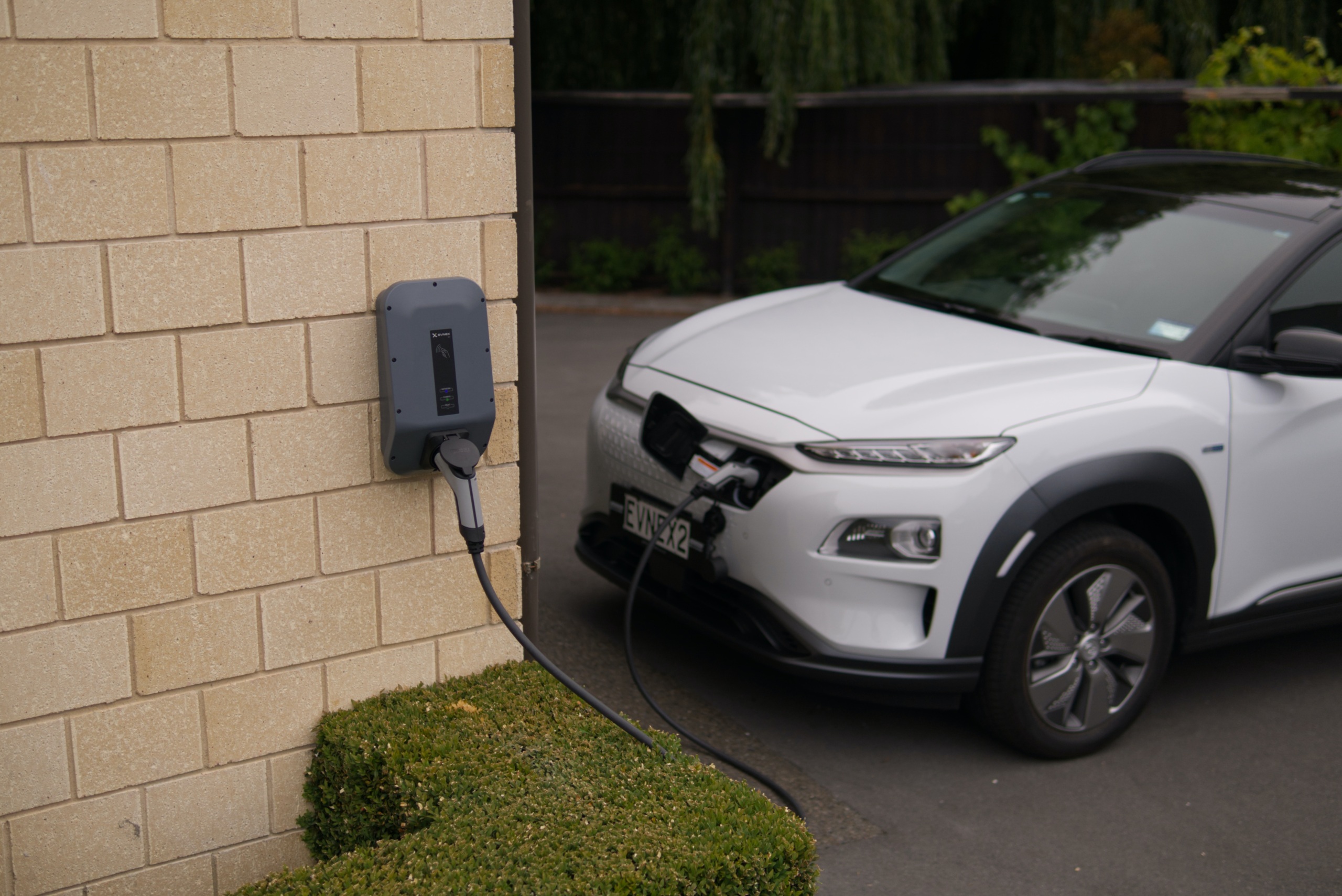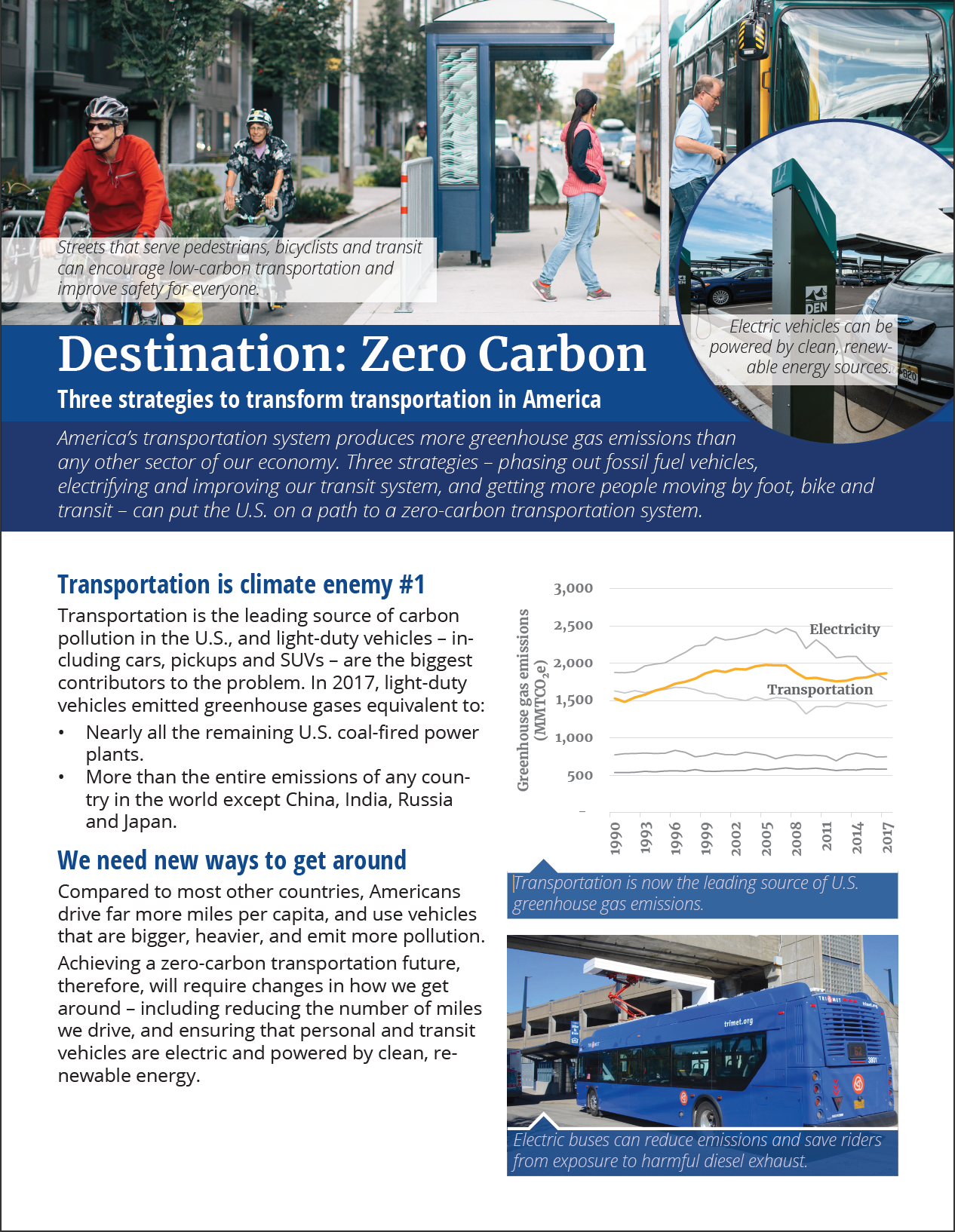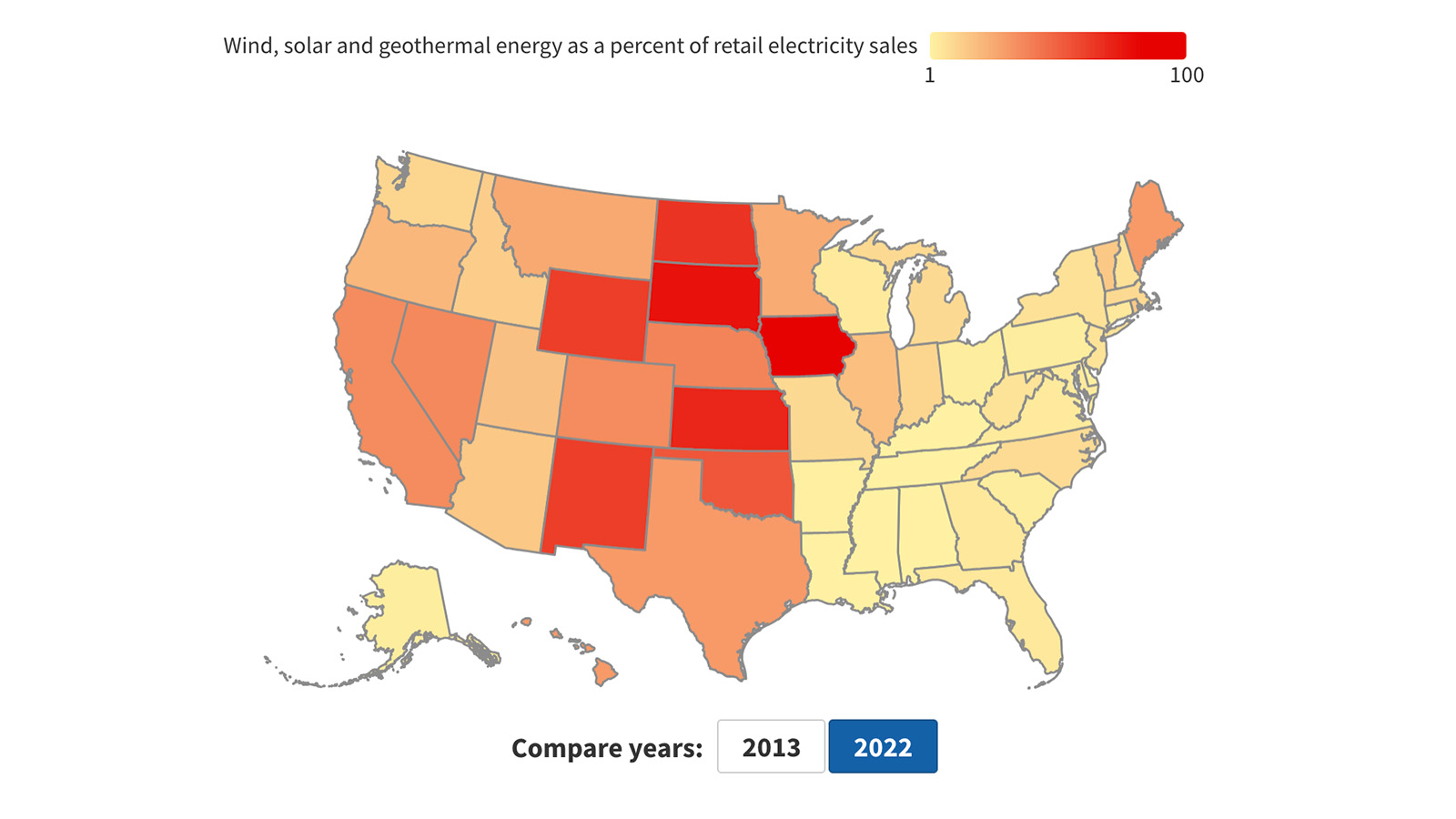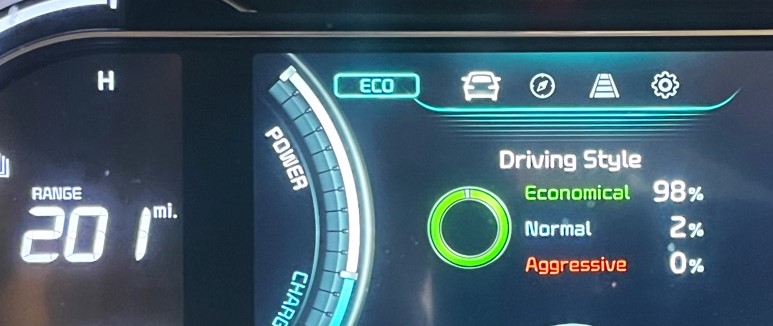
Destination: Zero Carbon Factsheet
Three strategies to transform transportation in America
America’s transportation system produces more greenhouse gas emissions than any other sector of our economy. Three strategies – phasing out fossil fuel vehicles, electrifying and improving our transit system, and getting more people moving by foot, bike and transit – can put the U.S. on a path to a zero-carbon transportation system.

Downloads
Environment America Research & Policy Center
Transportation is climate enemy #1
Transportation is the leading source of carbon pollution in the U.S., and light-duty vehicles – including cars, pickups and SUVs – are the biggest contributors to the problem. In 2017, light-duty vehicles emitted greenhouse gases equivalent to:
- Nearly all the remaining U.S. coal-fired power plants.
- More than the entire emissions of any country in the world except China, India, Russia and Japan.
We need new ways to get around
Compared to most other countries, Americans drive far more miles per capita, and use vehicles that are bigger, heavier, and emit more pollution. Achieving a zero-carbon transportation future, therefore, will require changes in how we get around – including reducing the number of miles we drive, and ensuring that personal and transit vehicles are electric and powered by clean, renewable energy.
Key factors behind high transportation emissions
Factors behind high U.S. light-duty vehicle emissions include:
- Oversized, inefficient vehicles. Typical U.S. vehicles are bigger, heavier and more polluting than those in most other countries.
- Subsidized driving. Driving in the U.S. benefits from subsidies that make vehicle travel artificially cheap.
- Inadequate transit. 45 percent of Americans lack transit access, and existing transit is often inaccessible, unreliable or infrequent.
- Poor walking and biking infrastructure. A lack of safe infrastructure discourages travel by foot and bike. In 2018, nearly 6,300 pedestrians and more than 800 bicyclists were killed in traffic, increases of 3.4 percent and 6.3 percent, respectively, from 2017.
- Car-dependent land use. Many communities are hard to get around without a car because of factors like low density and zoning that separates homes and workplaces.
The path to zero-carbon transportation
Three goals, which are achievable with proven policies and existing technology, can help eliminate emissions from cars and light trucks – while also ensuring healthier, happier and safer communities for everyone:
All new light-duty cars and trucks sold after 2035 should be electric vehicles. Vehicles powered by clean energy can enable the U.S. vehicle fleet to operate with zero greenhouse gas emissions from driving or charging. To achieve this goal, policymakers should:
- Set requirements to phase out fossil fuel-powered vehicles and adopt EV mandates.
- Make EVs cheaper to buy and own through tax credits and other incentives.
- Expand and improve EV charging infrastructure.
U.S. transit agencies and school districts should replace all transit and school buses with clean electric buses by 2030. Electrifying and improving transit can lower carbon emissions and eliminate harmful diesel exhaust. To achieve this goal, policymakers should:
- Adopt electric bus commitments.
- Provide transit agencies with financial and technical assistance.
The U.S. should at least double the number of people who travel by foot, bike or transit by 2030. Getting more people moving by foot, bike and transit can immediately reduce emissions, while improving community safety, health and happiness. To achieve this goal, policymakers should:
- Ensure that walking, biking and transit are safe, affordable, accessible and enjoyable.
- End subsidies that make driving artificially cheap.
Topics
Find Out More


Environment Georgia’s 2024 Program Priorities

Renewables On The Rise Dashboard



